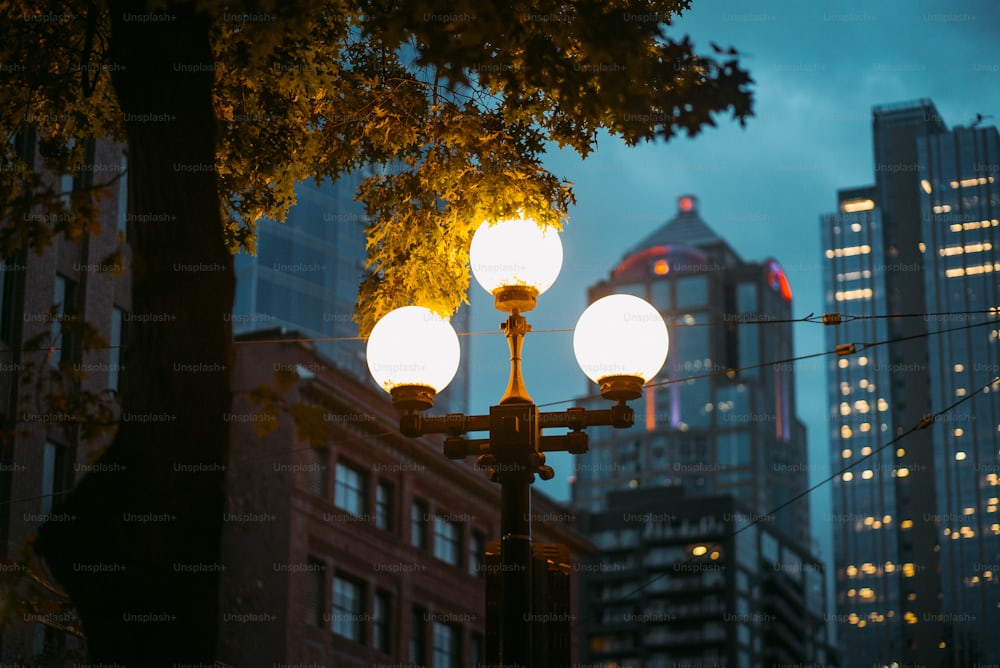Street lighting is an important part of city infrastructure that affects both safety and energy use. Traditional street lighting systems, often based on high-pressure sodium (HPS) or metal halide lamps, have been the standard for many years. However, with the advent of Light Emitting Diode (LED) technology, there is a significant shift towards more efficient and effective lighting solutions. This article explores how LED street lights enhance public safety and energy efficiency, making them a preferred choice for modern cities.
Enhancing Public Safety
Improved Visibility
One of the most immediate benefits of LED street lights is their superior visibility compared to traditional lighting. LED lights provide a more natural white light, which enhances color rendering and contrast. This improved visibility can significantly reduce accidents on roads by making it easier for drivers to see pedestrians, cyclists, and other vehicles. In residential areas, better lighting can also deter criminal activities, making streets safer for residents.
Consistent And Uniform Lighting
LED street lights offer more uniform illumination than their traditional counterparts. This uniformity eliminates dark spots and shadows that can obscure hazards or create hiding spots for criminals. Consistent lighting ensures that all areas of the street are well-lit, contributing to a safer environment for everyone.
Rapid Turn-On Time
Unlike traditional lights, which can take several minutes to reach full brightness, LED street lights turn on instantly. This rapid response is particularly important in emergency situations where immediate illumination is needed. It also reduces the risk of accidents during the warm-up period associated with conventional street lights.
Durability And Reliability
LED street lights are more durable and reliable than traditional lighting systems. They can handle shocks, vibrations, and impacts from the outside, so they can be used in a range of outdoor situations. This reliability ensures that streets remain well-lit even in adverse weather conditions, further enhancing public safety.
Smart Control And Monitoring
A lot of new LED street lights come with smart control systems that let you handle and keep an eye on them from afar. These systems can adjust the brightness of the lights based on real-time conditions, such as the presence of pedestrians or vehicles. Additionally, smart controls can detect faults and notify maintenance teams, ensuring that any issues are promptly addressed. This proactive approach helps maintain consistent lighting and enhances overall safety.
Energy Efficiency
Lower Energy Consumption
It is much more energy-efficient to use LED street lights instead of older lighting systems. They use between 50 and 75% less electricity than metal halide or HPS lights. Because LED street lights use a lot less energy, they are better for the earth. This is because they lower utility bills for cities and towns and leave behind less carbon dioxide.
Longer Lifespan
The lifespan of LED street lights is much longer than that of traditional lights. While HPS lamps typically last around 10,000 to 24,000 hours, LED lights can last up to 100,000 hours. Due to their longer lifespan, LED street lights don’t need to be replaced as often, which lowers upkeep costs and the damage that making and throwing away old lamps does to the environment.
Directional Lighting
LED street lights provide directional lighting, meaning they emit light in a specific direction rather than in all directions like traditional lamps. This focused illumination reduces light pollution and ensures that light is used efficiently. It also minimizes wasted light, ensuring that energy is used where it is needed most.
Dimming Capabilities
One great thing about LED street lights is that they can be turned down. Unlike traditional lights, which often operate at full brightness regardless of the time of night or level of activity, LED lights can be adjusted to lower levels during periods of low traffic. This dimming capability further enhances energy savings without compromising public safety.
Reduced Heat Emission
LED lights don’t give off as much heat as other kinds of lights. This lessening of heat production not only saves energy but also makes LEDs last longer. Traditional lights, like HPS lamps, waste a lot of energy as heat, which can make cities hotter and cost more to cool.
Economic Benefits
Cost Savings
LED street lights save cities and towns a lot of money because they use less energy and last a long time. Lower energy consumption directly reduces electricity bills, while the reduced need for maintenance and replacement cuts operational costs. These savings can be reinvested into other public services or infrastructure projects, benefiting the community as a whole.
Incentives And Rebates
A lot of governments and utility companies offer rebates and other benefits to people who install lighting systems that use less energy. By switching to LED street lights, municipalities can take advantage of these financial incentives, further offsetting the initial investment costs and accelerating the return on investment.
Job Creation
The transition to LED street lighting can also stimulate job creation. The installation and maintenance of new lighting systems require skilled labor, providing employment opportunities within the community. Additionally, the growing demand for LED technology can spur innovation and growth in related industries.
Environmental Impact
Reduction In Greenhouse Gas Emissions
Greenhouse gas pollution are going down a lot because LED street lights use less energy. Because LED lights use less energy, they lower the need for power from fossil fuel-based power plants. This means that less carbon dioxide and other harmful emissions are released into the air. This cut in greenhouse gases is very important for fighting climate change and making the air in cities cleaner.
Lower Light Pollution
LED street lights are made to cut down on light pollution, which is manufactured light that shines too brightly or in the wrong direction at night. By providing focused and directional lighting, LED lights reduce the amount of stray light that escapes into the atmosphere. This reduction in light pollution not only preserves the natural night environment but also benefits nocturnal wildlife and improves the quality of life for residents.
Recyclable Materials
LED street lights are good for the earth because they are made from materials that can be recycled. The parts of LED lights can be remade and used for other things when they’re no longer useful. This lowers the amount of trash that has to be thrown away. Traditional lighting systems, on the other hand, often contain dangerous materials like mercury that need special ways to get rid of them.
Conclusion
LED street lights represent a transformative advancement in urban lighting technology. By providing superior visibility, uniform illumination, and enhanced durability, they significantly improve public safety. At the same time, their energy efficiency, long lifespan, and smart control capabilities offer substantial economic and environmental benefits. As more cities around the world adopt LED street lighting, the positive impacts on safety, energy consumption, and sustainability will continue to grow, paving the way for smarter, greener, and safer urban environments.
Keep an eye for more news & updates on DiscoverTribune.Org!




